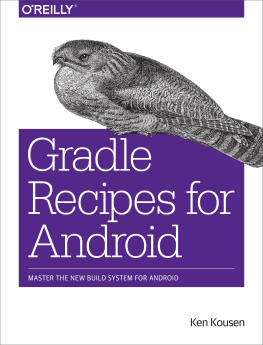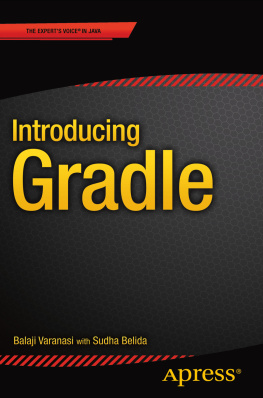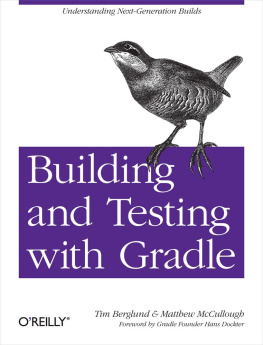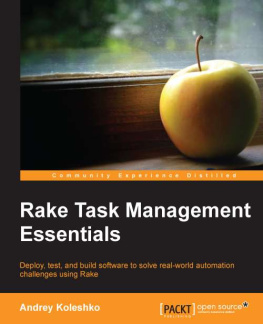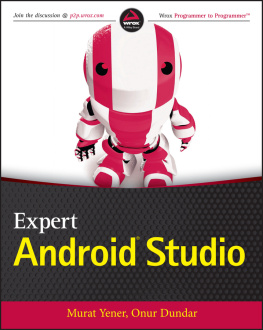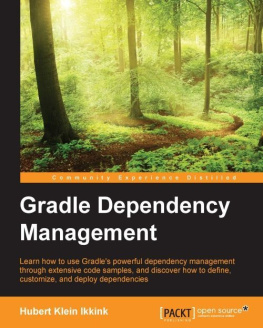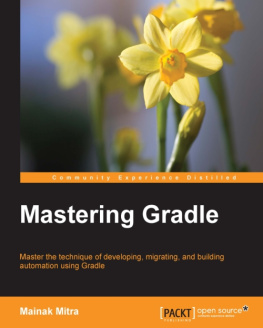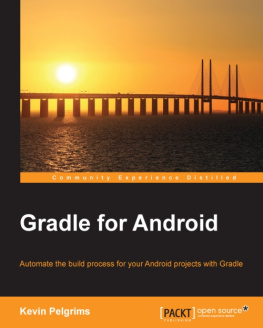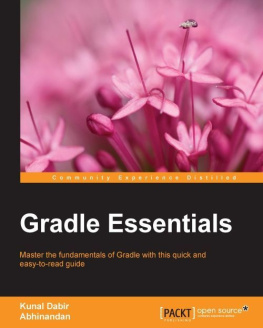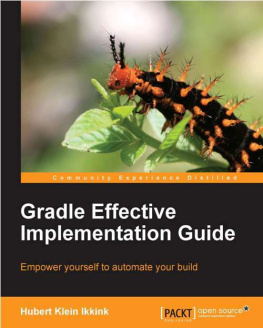Tim Berglund - Gradle Beyond the Basics
Here you can read online Tim Berglund - Gradle Beyond the Basics full text of the book (entire story) in english for free. Download pdf and epub, get meaning, cover and reviews about this ebook. year: 2013, publisher: OReilly Media, genre: Computer. Description of the work, (preface) as well as reviews are available. Best literature library LitArk.com created for fans of good reading and offers a wide selection of genres:
Romance novel
Science fiction
Adventure
Detective
Science
History
Home and family
Prose
Art
Politics
Computer
Non-fiction
Religion
Business
Children
Humor
Choose a favorite category and find really read worthwhile books. Enjoy immersion in the world of imagination, feel the emotions of the characters or learn something new for yourself, make an fascinating discovery.
- Book:Gradle Beyond the Basics
- Author:
- Publisher:OReilly Media
- Genre:
- Year:2013
- Rating:3 / 5
- Favourites:Add to favourites
- Your mark:
Gradle Beyond the Basics: summary, description and annotation
We offer to read an annotation, description, summary or preface (depends on what the author of the book "Gradle Beyond the Basics" wrote himself). If you haven't found the necessary information about the book — write in the comments, we will try to find it.
If youre familiar with Gradles basics elementspossibly through the authors previous OReilly book, Building and Testing with Gradlethis more advanced guide provides the recipes, techniques, and syntax to help you master this build automation tool. With clear, concise explanations and lots of ready-to-use code examples, youll explore four discrete areas of Gradle functionality: file operations, custom Gradle plugins, build lifecycle hooks, and dependency management.
Learn how to use Gradles rich set of APIs and Groovy-based Domain Specific Language to customize build software that actually conforms to your product. By using the techniques in this book, youll be able to write domain-specific builds that support every other line of code your team creates.
Tim Berglund: author's other books
Who wrote Gradle Beyond the Basics? Find out the surname, the name of the author of the book and a list of all author's works by series.



